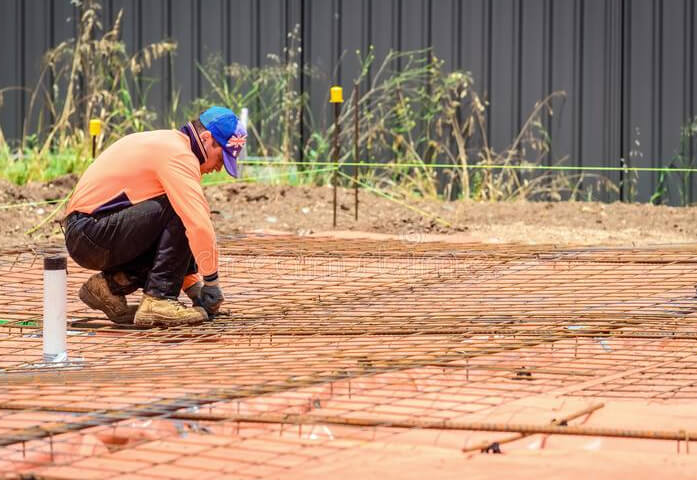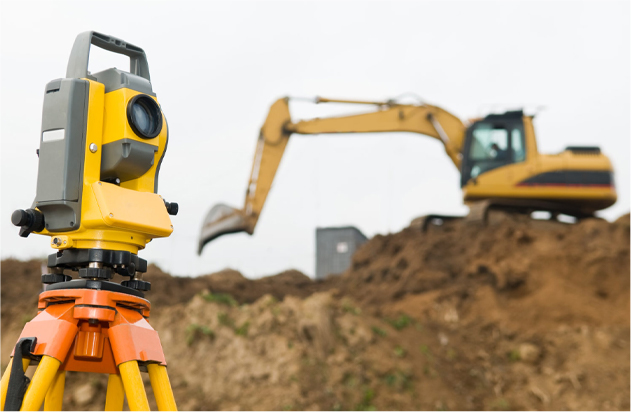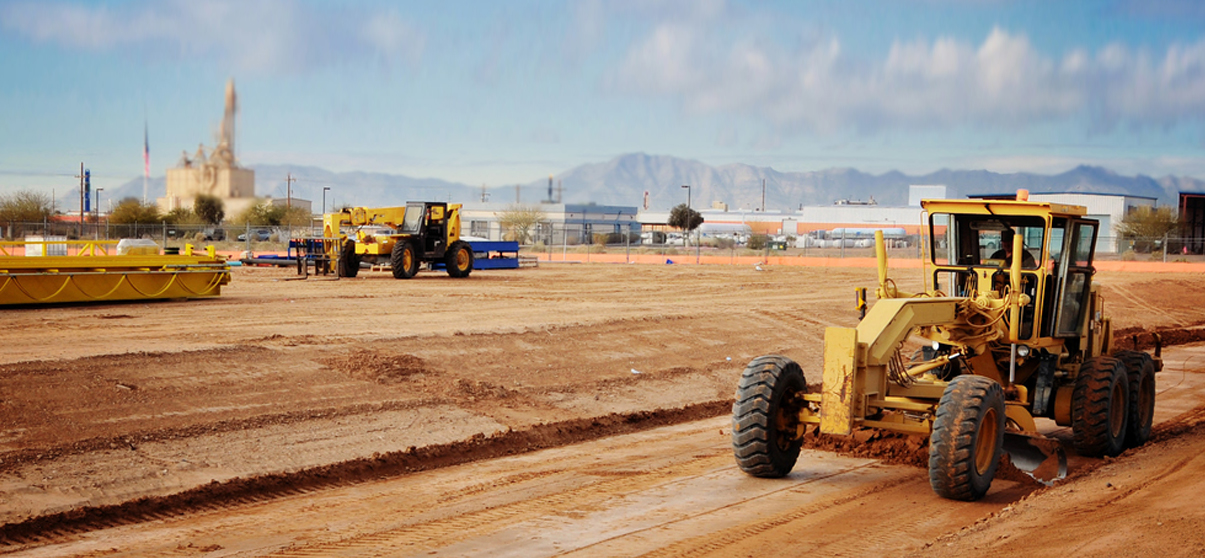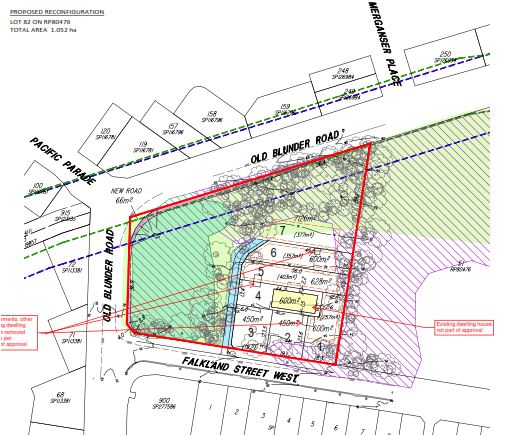
The process of subdividing land is a very particular and methodical process, with differences from state to state. The major differences from state to state are the stakeholders and decision making bodies that administer the subdivision process and issue titles. Some states have excellent, streamlined application processes that are centrally administered and governed at a state level. Other states have far more lengthy and cumbersome mechanisms for dealing with subdivision applications, dealing with development applications on a case-by-case basis and taking many months just to reach conditional approval.
The first step in the process is Town Planning Approval. To obtain this, a development application for a Reconfiguration of a Lot is prepared and lodged to council for approval. Depending on the type of application, a typical subdivision application can take between three and six months to be approved by council. However, some council areas (such as Brisbane, Gold Coast and Logan) have created a fast-track process for certain low-risk applications, which are generally approved in one to four weeks.

The subdivision process generally involves three main stages in Queensland.
Stage 1: Development application process
Stage 2: Engineering design and construction
Stage 3: Plan Sealing and Survey Plan Registration
The second step in the process is compliance with conditions of the approval. This stage involves ensuring that all of the conditions of approval have been met. This may include connecting all lots to existing services (i.e. sewer, water and storm water), clearing the site, construction of the required civil works and meeting any other conditions of approval. This stage can take anywhere from two to six months to complete, depending on what is required.
The process of subdividing land is a very particular and methodical process, with differences from state to state. The major differences from state to state are the stakeholders and decision making bodies that administer the subdivision process and issue titles. Some states have excellent, streamlined application processes that are centrally administered and governed at a state level. Other states have far more lengthy and cumbersome mechanisms for dealing with subdivision applications, dealing with development applications on a case-by-case basis and taking many months just to reach conditional approval.
A town planner is a qualified professional with extensive experience in the planning arena. A lot of town planners have previously worked within local council or government planning organisations and are experts in local and government planning provisions.
A town planner will prepare your development application to submit to council making sure that all the required information is submitted to the highest professional standard. They will manage your application liaising with council throughout the process to get the best outcome for their client. They act as the main point of contact to the council and any others involved in the project making the whole process much more efficient.
A surveyor is required for the survey portion in the subdivision process and town planners frequently work with surveyors on these project types. That’s why we recommend engaging both professionals.
Subdivision costs can vary greatly depending on the size of the subdivision, constraints of the site, planning scheme overlays and the location of the existing infrastructure. As a general ballpark figure for a 1 into 2 lot subdivision in Brisbane, the entire process including Council Infrastructure Charges (which are currently $28,000 per additional lot) will cost approximately $60,000 – $99,000. Please note, this is a general guide only and each subdivision requires a detailed financial analysis and feasibility assessment.
The common costs associated with the proposed subdivision will include (but is not limited to) the following:
Town planning Fees
Survey Fees
Council Fees
Civil Engineering Fees
Electrical Engineering Fees
Civil Construction Costs (i.e. Sewer connection, water meter, stormwater connections etc.)
Title Registration Fees.
Other requirements may also apply which will increase the costs associated with the subdivision, which could include (but is not limited to) the following:
Demolition Costs associated with clearing the site
Other Civil Construction Costs (i.e. new footpath, new driveway, earthworks, extension to sewer/water main)
Upgrade of electrical/telecommunication services
Street Tree planting
Earthworks (i.e. construction of retaining walls, filling etc.)
Ecologist/Arborist Fees, where the site is affected by environmental constraints
Hydraulic Engineering Fees, where the site is affected by flooding
Geotechnical Engineer, where the site is affected by steep slopes
Rama Real Estate can manage the entire process from conception to the registration of the new titles. The concept of subdividing land sounds relatively straightforward but it can be a time consuming and complex process. Using a team of experienced specialist consultants, including surveyors, civil engineers, hydraulic engineers and civil contractors, we will ensure that each project is completed economically and as quickly as possible.
If you are interested in subdividing your site, looking to purchase a subdividable site or just want some additional information on the new Brisbane City Plan changes, please do not hesitate to contact us today for a free assessment of your property.







